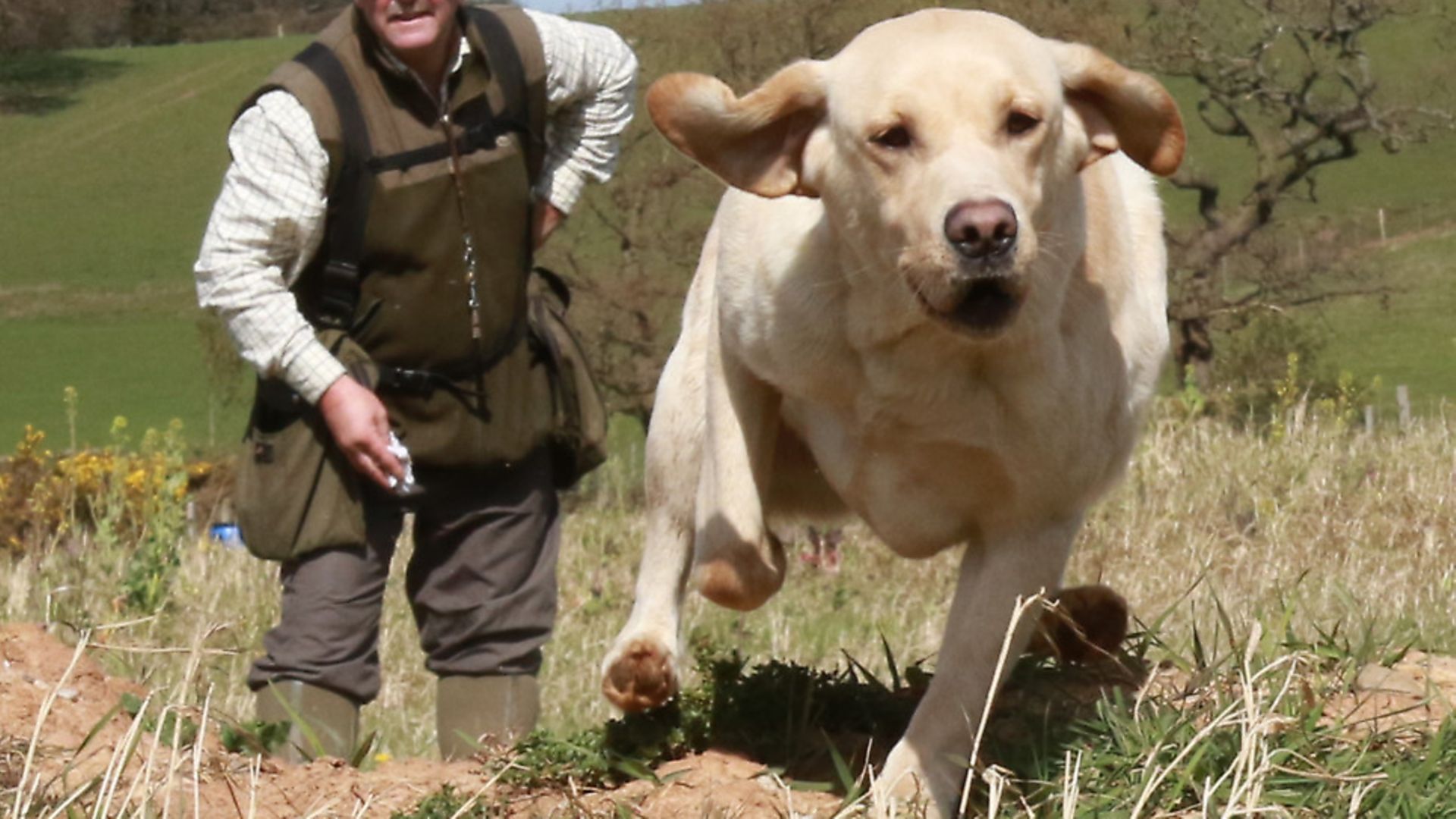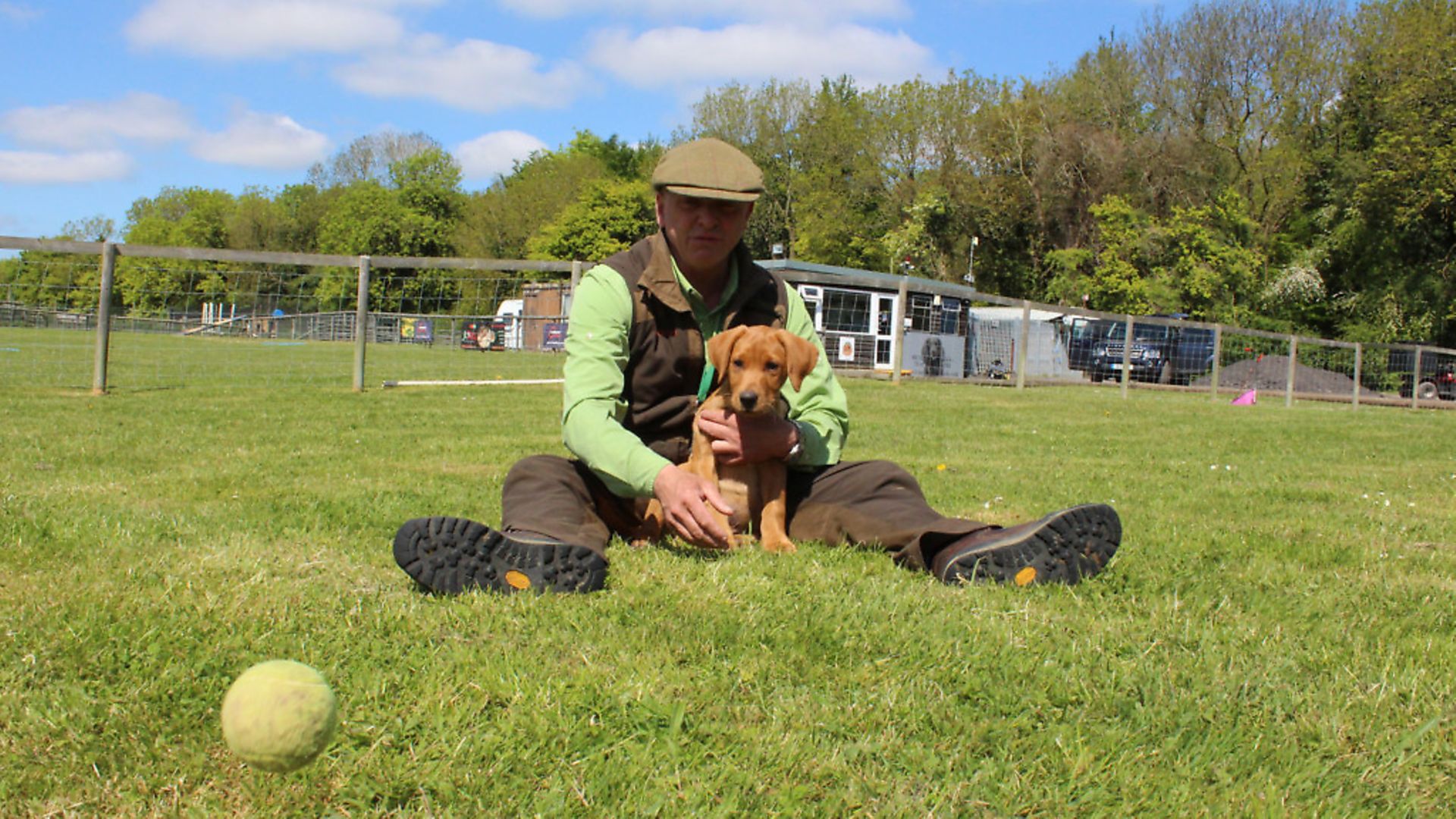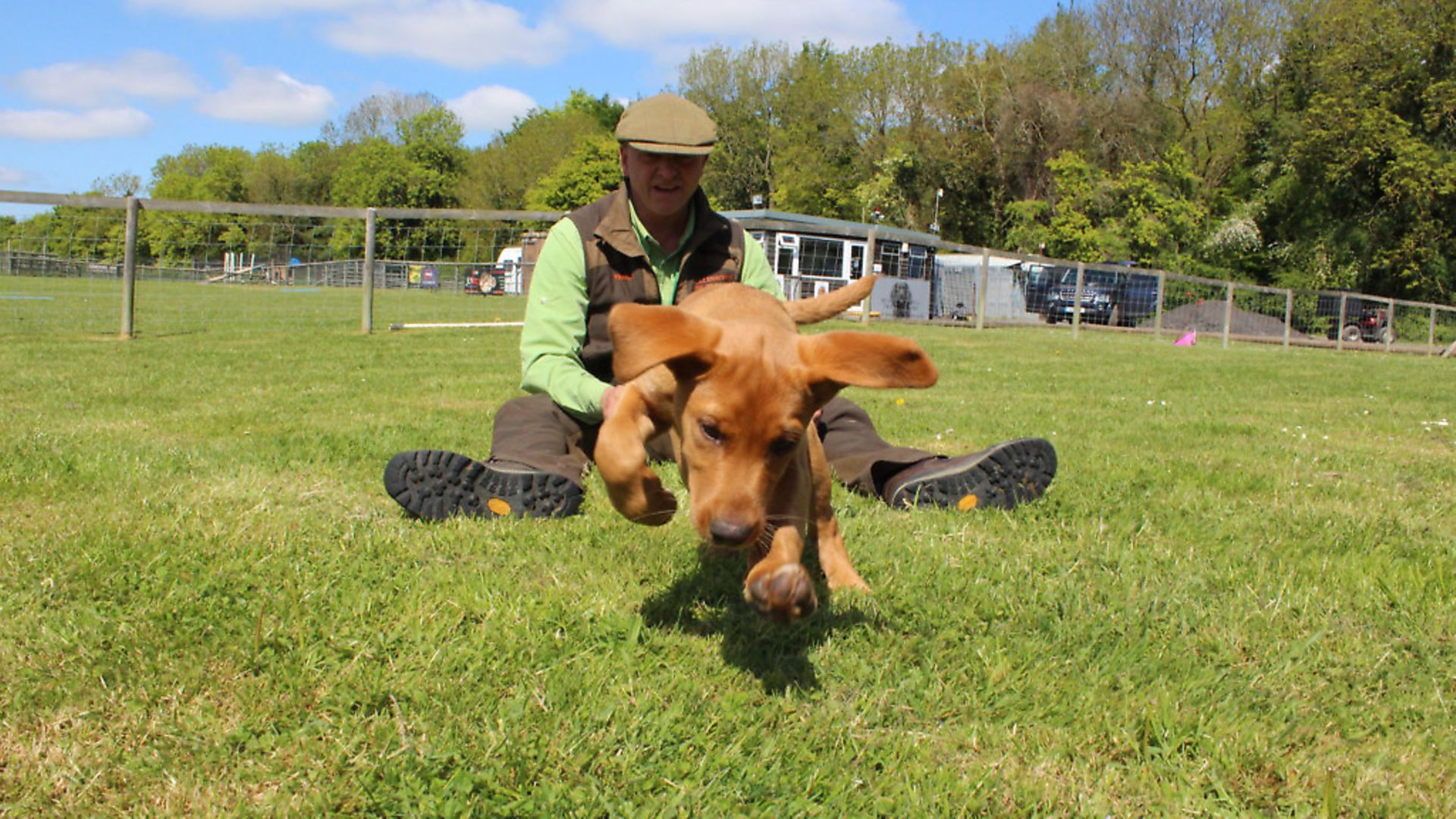Howard Kirby explains the importance of marking shot game and, crucially, how to develop this skill in your gundog right from the start
 credit: Archant
credit: Archant
An ability to accurately mark the fall of game is a real asset for any breed of gundog that is to be used as a retriever in the shooting field. For testing and trialling dogs, it will be essential if you aim to win awards.
This article is going to be steered towards those of us that shoot over dogs and then immediately send them for the retrieve. So although there will be exceptions, it's primarily about spaniels and pointers.
As our start point, it's probably best if we establish what we would like the dog to do when we shoot over him! Firstly, when instructed, we need a dog that hunts and locates the quarry we are looking for and, while doing so, ignores all other wildlife and livestock. Upon contact with game, the spaniel needs to instantly force game to 'flush', to take flight, stopping immediately when this is achieved, 'sitting to the flush'. Assuming the shooting is successful the dog should mark its fall and, once instructed, go straight to the game and retrieve it quietly and efficiently. With the pointers, we add the addition of 'the point', before flushing on command.
This series of intricate behaviours that we require from the dog are often taught as individual elements during early training before being brought together in a top flight shooting dog.
As with many of the skills that our gundogs bring to the shooting field, these need to be learned. And of course the job that falls to us is to teach them to do it. This can be started right from the beginnings of training and will continue on into advanced field work.
The component parts of marking, when broken down, are actually fairly straightforward. The dog needs to follow and see the fall of the bird, it will then require an unrelenting level of focus in order to maintain a fix on the position, maintaining that 'fix' until commanded to retrieve. Sounds simple, doesn't it? Actually it's anything but.
Assuming the dog has got the 'mark', this is just the beginning as all it really has is the direction - the line to the bird. As the dog launches off at high speed to make the retrieve, he now has to have a perception of distance and depth. The dog's physical height makes this difficult. Varying from a meagre 40cm for a small spaniel to maybe 90cm in a larger breed, the dog has to make these calculations from a really low vantage point. Try it! Get down on your hands and knees and take a look from the dog's point of view.
When working in cover, this can make marking extremely difficult and sometimes visually impossible. It's important to note that the best game-finding dogs are taught and learn to use all of their highly specialised senses to help them locate game. We'll look at that a bit later in this article.
Humps, bumps, walls, rivers, ditches, cover… the list of obstacles between the dog and the game is endless. The dog will need to learn that these need to be negotiated if it is to be successful in making the distance. This is where we can use our natural advantage of height to assist the dog to find the bird. BUT, and it's a HUGE BUT, this article is all about training the dog to retrieve the bird to hand without any assistance from the handler.
 credit: Archant
credit: Archant
Locking on
Early training often concentrates on teaching pups to look at and focus on you. This is no bad thing. However, early play retrieves should allow the pup to launch itself straight out after the dummy you throw. Tennis balls are brilliant as they roll away from the youngster, encouraging it to focus on the target. This exercise, if used in moderation, will encourage the dog to fix his eyes and mind onto the dummy. The puppy will gradually learn that he must stay locked onto the dummy if he is to be successful in getting to it. The higher the prey drive in the dog, the more likely he is to lock on. Most of this desire to get the retrieve will stem from the pup's breeding, but well-managed play will enhance this.
Here at Mullenscote, we start our pups on early target training, using either hoops or boards. This early work will have taught the puppy to come and sit in front of us, as well as follow our hands for feed treats through a semi-circle and into the heel position. Using this technique, we can now substitute the feed treat for a tennis ball. With the pup sat in front of us, show him the ball, quietly lure him around you so that he comes into the heel position, now swing your arm forwards releasing the tennis ball as you do. The puppy races out to chase and retrieve the ball. The target training you've done earlier should draw the puppy back to you.
If all goes to plan, the pup will sit and present the dummy straight up at you. This will not always be quite that straightforward. As he arrives, ensure the dummy comes to hand and immediately draw it up and onto your chest, this will encourage a 'Sit'. From here, lure the pup back around into heel and away you go again. Repeat this retrieving game for a maximum of half a dozen times - it's good to keep things short and sweet.
It's difficult to give fixed numbers but once this game is running smoothly, which by the way might only take a few sessions, you can now just restrain the pup by putting a hand across its chest as you throw the ball. The puppy will inevitably attempt to wriggle free, restrain him for a few seconds and encourage the pup to sit. Gently release and just allow the puppy to restrain itself for a couple of seconds before sending him. Perfect! Already the puppy is marking and showing steadiness to flush and making a nice tidy retrieve. As mentioned earlier, this will be a really enjoyable game for the puppy and is establishing some really good behaviour.
 credit: Archant
credit: Archant
Moving on
With this exciting marked retrieve now established, we can start to make things progressively more complex. In early retrieving, we try to let the dog chase a rolling ball, then we ask the puppy to control itself before being sent. So now we can roll and bounce the ball out into cover. This is one of those crucial game-changing moments. It's important to remember what it is that we are trying to achieve: a confident, high drive and accurate retriever. To produce this, ensure that the puppy continues to be successful in his haste to find the ball. If you make it too difficult for him to find, you risk demoralising the pup and inadvertently reduce the drive. The skill is to gradually increase the degree of difficulty so that he has to go further and hunt harder and for longer to find the ball.
 credit: Archant
credit: Archant
Marking
In order for the puppy to be successful at 'marking birds down', we need to encourage the puppy to fix his gaze and concentration on the dummy as it falls. So how can we encourage this? Simply by not interfering. Teach the puppy to 'launch' on a verbal command alone. No hands, no 'Mark' or 'Watch Me' commands. It's essential that the dog does not look back at you for instructions.
Establishing this high drive mark and retrieve from the beginning will enhance all of our future gundog work. Do your best to get this established from the outset.
As always, have fun and keeeep training!